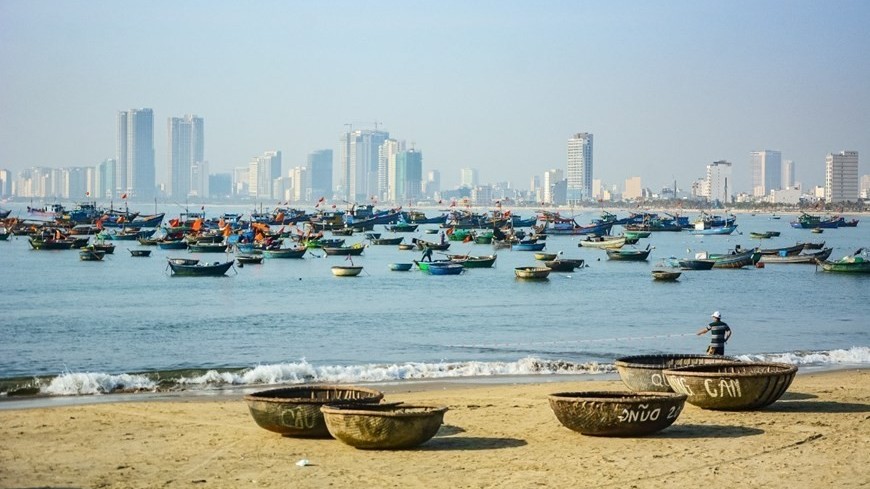
South China Morning Post newspaper highlights tourism potential of Phu Quoc
Latest
 |
| Scuba diving experience in Phu Quoc. (Photo: Internet) |
The publication describes the scene on a late afternoon on Phu Quoc, the country’s largest island, as couples and families come together to relax on beanbags at a Middle Eastern-themed beach bar, clinking their glasses while watching the sunset far away on the horizon. A few meters away, their children are able to build sandcastles, jump into the sea, and indulge in water fights.
Although an idyllic scene such as this in April may seem strange amid the impact of the COVID-19 pandemic which has seen spikes of new cases and fresh lockdowns throughout Asia and Europe, it is a common sight on the island paradise.
The article attributes Vietnamese success to large-scale containment strategies, including border closures which have kept out almost everyone since March 2020, with the exception of repatriated citizens, foreign investors, and major businesspeople. The country has recorded approximately 2,800 infections and 35 deaths caused by COVID-19 so far, despite sharing a border with China, where the pandemic was first reported.
The Hong Kong media outlet also indicates that while the move has served to keep citizens safe, it has all but killed international tourism, which had recorded double-digit growth before the pandemic.
It outlines that as Viet Nam seeks to open up, the Government has high hopes that Phu Quoc will be able to turn the country into a major player in the tourism sector both regionally and globally.
Most notably, the recent launch of the US$2.8 billion “super tourism resort entertainment complex” on the island by local real estate development giant Vingroup has raised the international profile of Phu Quoc.
Despite not yet having the same tourism status as Thailand’s Phuket or Indonesia’s Bali, Phu Quoc has been overwhelmed in terms of tourist numbers in recent years, according to the article.
Last year witnessed the island welcome over 3.5 million visitors and earned roughly US$243 million in revenue, according to official figures. In 2019, it recorded more than 5.1 million visitors, marking a 27% increase compared to the previous year.
The visitor count is over a dozen times that of Phu Quoc’s population of 146,000. This year, the island is aiming to attract two million people with an array of discount packages.

















